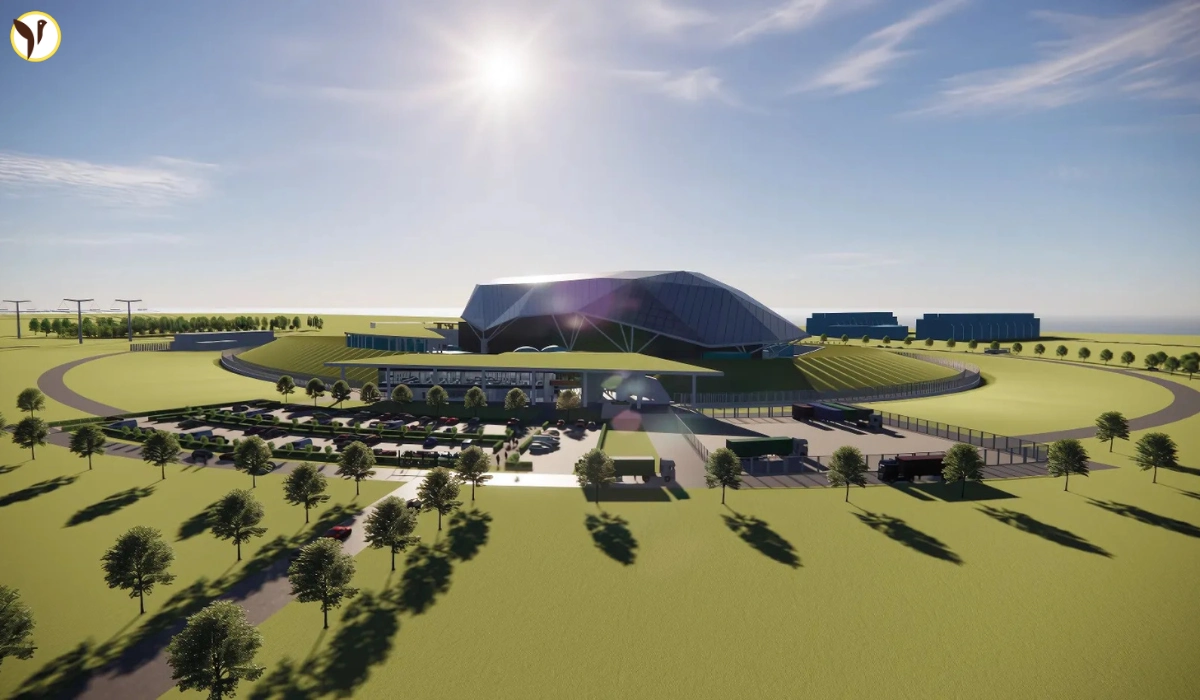The British engineering giant continues making significant strides in developing its innovative small modular reactor (SMR) technology. Recent months have seen crucial progress as the design passed important regulatory checkpoints with the UK's nuclear safety authorities. These compact nuclear units represent a radical departure from traditional massive power stations, offering a more flexible approach to clean energy generation. The company has been refining the technology for several years, drawing on its decades of nuclear expertise from submarine propulsion systems. With climate change concerns mounting and energy security becoming paramount, these smaller reactors could provide reliable, low-carbon electricity to complement intermittent renewable sources like wind and solar.
Understanding the Compact Nuclear Power Solution
Rolls-Royce's SMR design packs remarkable energy generation capabilities into a surprisingly small footprint. Each self-contained unit stands about four stories tall and occupies less space than conventional power plants while delivering enough electricity for approximately one million homes. The secret lies in its simplified, standardized design that allows for factory assembly of major components before transportation to site. Unlike traditional nuclear plants that require decade-long construction, these modular units can be installed in just four years. The design incorporates multiple passive safety systems that automatically cool the reactor without needing external power or human intervention. This innovative approach could revolutionize how we think about nuclear energy deployment worldwide.
Government Support and Strategic Implementation Plans
The UK government has thrown its weight behind the SMR initiative as part of its broader energy security strategy. Substantial public funding has been allocated to accelerate development, with ministers identifying nuclear power as crucial for achieving net-zero emissions. Potential sites across England and Wales are currently being evaluated, with a focus on locations near existing energy infrastructure and skilled workforces. The program aims to establish a complete domestic supply chain, creating thousands of manufacturing jobs in regions that need economic revitalization. International interest is growing too, with several European nations exploring partnerships to deploy the technology in their own energy grids as they phase out fossil fuel dependence.
Economic Implications and Energy Market Transformation
These compact reactors could fundamentally alter energy economics by providing predictable, stable-priced electricity unaffected by volatile fossil fuel markets. Industry analysts suggest the levelized cost of electricity from SMRs may undercut traditional nuclear while competing favorably with intermittent renewables when reliability premiums are considered. For energy-intensive industries, the technology offers the tantalizing possibility of dedicated power plants with guaranteed pricing. The modular nature also allows for incremental capacity additions matching demand growth, unlike massive conventional plants requiring huge upfront investments. However, realizing these economic benefits depends on successful supply chain development and achieving series production efficiencies as more units are ordered.
Addressing Safety Concerns and Public Perception
While nuclear technology always raises safety questions, Rolls-Royce emphasizes their SMR design incorporates multiple inherent safety advantages. The smaller core contains less radioactive material, and passive cooling systems prevent overheating even in emergency scenarios. The company is undertaking extensive public engagement to explain these safety features and address community concerns. Independent risk assessments confirm the design exceeds all current nuclear safety standards. Unlike older plants requiring large emergency zones, these compact units could be located closer to population centers where power demand is highest. The contained, factory-built approach also minimizes construction risks associated with traditional large-scale nuclear projects.
Global Market Potential and Export Opportunities
The international appetite for clean, reliable baseload power positions Rolls-Royce's SMR as a potential export powerhouse. Emerging economies seeking to expand electricity access view these units as more attainable than massive nuclear plants. Even nations with existing nuclear programs see SMRs as ideal for replacing aging coal plants or powering remote industrial sites. The UK government is actively supporting export efforts through diplomatic channels and trade missions. Several European utilities have already expressed serious interest, with potential first overseas deployments anticipated in Eastern European countries seeking energy independence. The modular design's scalability makes it adaptable to various national grids and energy needs.
Future Roadmap and Implementation Timeline
Looking ahead, the program faces several critical milestones. The coming year will focus on finalizing manufacturing partnerships and securing the first firm orders. By mid-decade, the first reactor pressure vessels should be under construction at specialized UK facilities. Initial site preparation could begin as early as 2026 at selected locations. The ambitious timeline targets first electricity generation before 2030, with subsequent units following in rapid succession. Success hinges on maintaining regulatory momentum while continuing to optimize the design for manufacturing efficiency. As the global energy transition accelerates, this British-engineered solution could become a cornerstone of sustainable power generation.
Image Source: capacitymedia.com









